Why do aphids appear on beans and how to get rid of them?
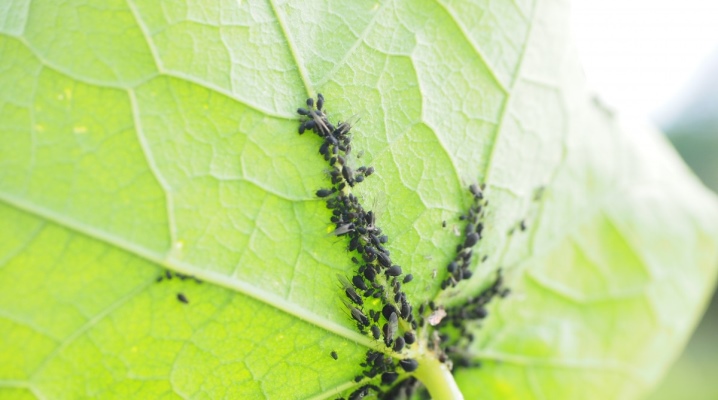
Aphids often affect legumes, which is a big problem for summer residents. We will tell you in what ways you can fight it, how you can process plants from it, in the article.
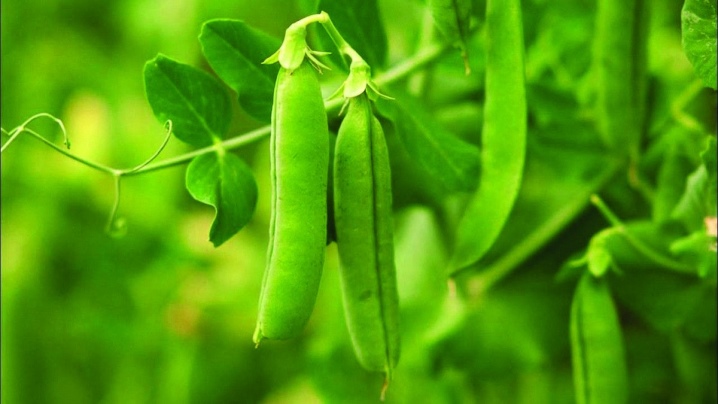
Description
Aphids are one of the most common problems in legumes. This is a small insect that eats foliage and stalks of legumes, absorbing their juices and nutrients. The insect attacks the plant, covering it with a black coating.
Eventually, it begins to turn yellow, its foliage curls and dies off. All this is slowly leading to the death of the landings.
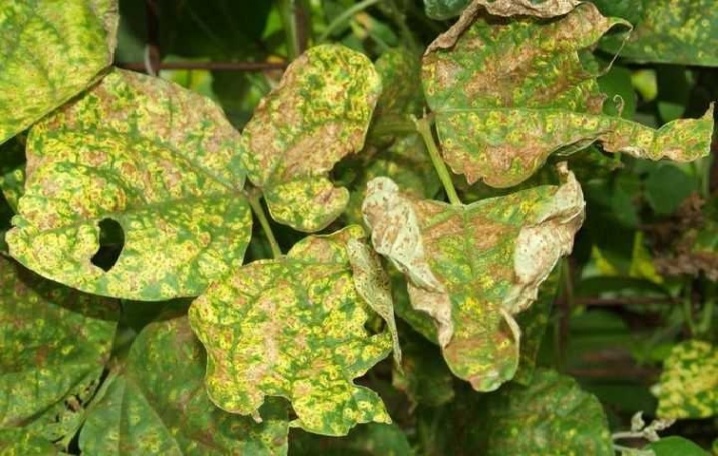
Causes of occurrence
Most often, aphids appear on beans that have reduced immunity. And if all this is supported by frequent precipitation and bad weather, then all this only accelerates the reproduction of aphids.
The insect reproduces at great speed. Basically, aphids lay all eggs in the ground, which is why new pests appear in the next season.
In addition, if there are a lot of ants in your area, there is a high likelihood of aphids there as well. Ants feed on this insect, and therefore keep it in their nests. It turns out that the ants themselves carry out the delivery of parasites to cultivated plants.
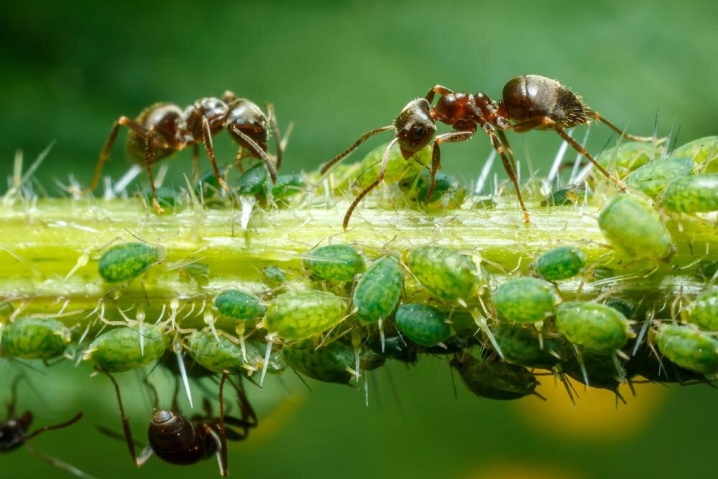
Signs of defeat
It is not difficult to see small pests on the plant. The main signs of their appearance are wilting of plants, the dying off of their young foliage.
Parasitic insects actively feed on plant juices, gradually destroying it and stopping its development.
On the tissues of the planting, it is easy to notice small dots, which indicate the appearance of aphids. These small points are traces of punctures, from where the insect sucked out the juices.
In addition, a sticky substance can be seen on the plant. It is a waste product of aphids.
The foliage that was struck by this substance soon turns black, curls up and dies off.
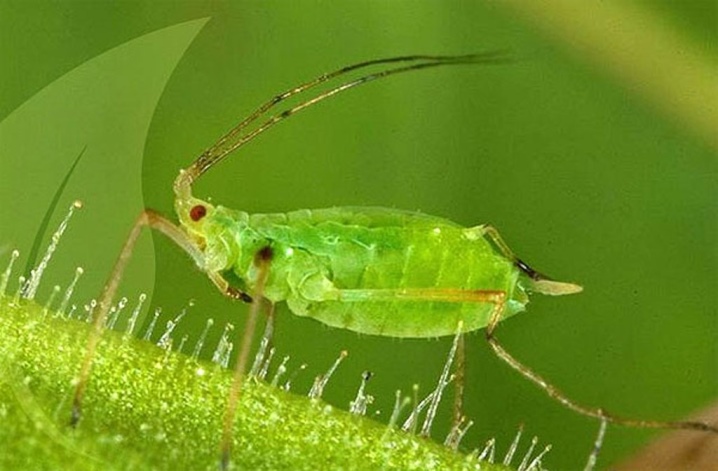
What to do?
There are many ways to deal with a pest insect.
Chemicals
If the aphid is actively attacking the plant, and there is no way to get rid of the insect, then it's time to resort to chemicals. note that substances of this kind are quite toxic, and therefore they must be used in strict compliance with safety rules, so as not to harm your own health, as well as the plant itself and those insects that have a beneficial effect on it.
For processing, it is enough to spray the plant with the prepared solution, but this must be done strictly using a respirator, protective mask, gloves and glasses. At the same time, pay attention to the weather, it should be calm, without wind and rain.
The best drugs for chemical processing are considered to be such products as "Agravertin", "Aktara" and "Inta-Vir".
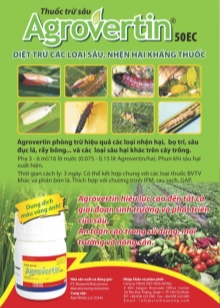
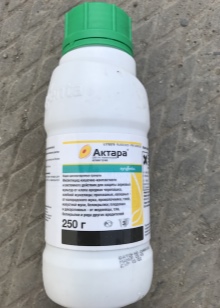
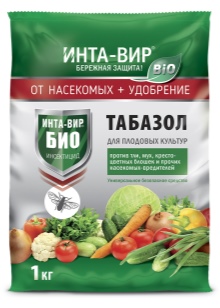
Note that all chemicals are highly toxic, and therefore it is not recommended to use them too often.
Physical methods
Physical methods can also be used to combat aphids. You can resort to them if the aphid has not yet had time to thoroughly breed.
The procedure is carried out manually. You need to carefully remove insects with your hands, and then every day inspect the plants for the presence of pests.
A strong jet of water from a hose is also suitable against aphids.however, this method is not recommended for beans and beans, as there is a high risk of damaging their flowers and foliage.

Biological methods
Means of this kind are much more environmentally friendly than chemical ones. They imply the use of those insects or animals that actively feed on pests.
In our case, these are ladybugs and small birds that eat insects.
In the first case, you can simply buy the larvae of this insect, and in the second, install bird drinkers.

Folk remedies
Such methods are very popular with summer residents, however, to use them, you need to have a lot of patience, since in some cases it will take a long time to fight.
Tomato leaves
The use of this solution is safe and highly effective.
For to prepare it, you need chopped tomato leaves, which must be filled with water. All this should be well infused during the day.
After that, the liquid must be filtered, then it is used to process the affected plants, using a spray bottle.
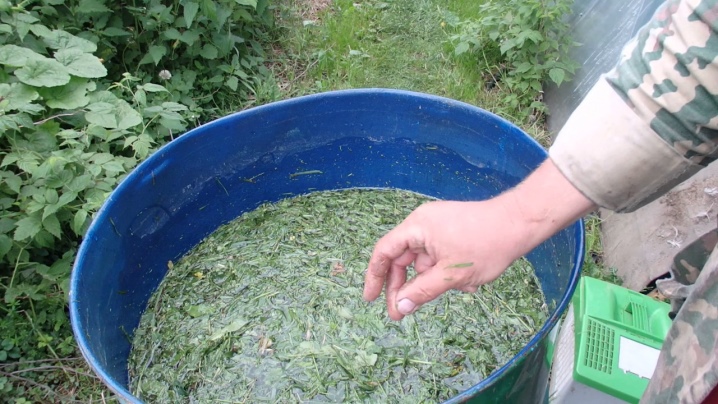
Onion and garlic tincture
Quite a popular solution that is used not only against aphids, but also against many other pests of cultivated plants.
To prepare the solution, you need a chopped head of garlic or onion. To this you need to add a liter of water and a few tablespoons of sunflower oil. This mixture should be infused for about a day, and it can be stored for 7 days.
To use it, you need to dilute a few tablespoons of this mixture with a liter of water, after which you can spray the plants with it.
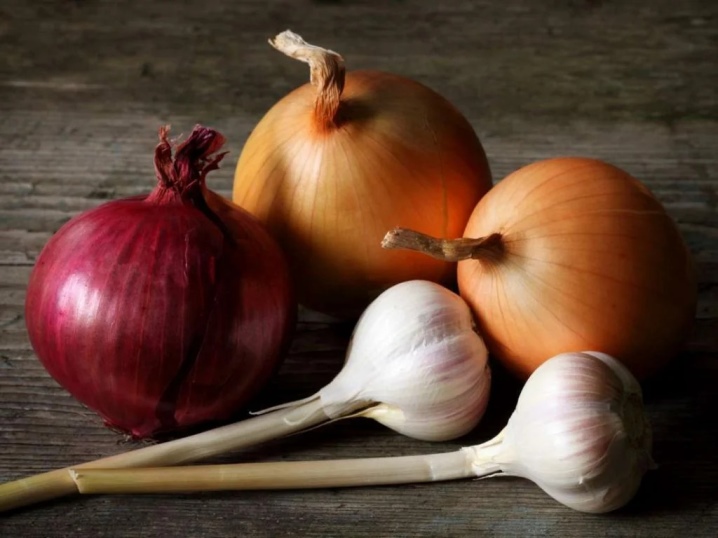
Horseradish tincture
Another popular solution that will not harm the plant, but will help scare off all pests with its sharp and burning aroma.
In addition to horseradish, red pepper, wormwood or tobacco can be used for this tincture.
The recipe using horseradish is as follows: a kilogram of horseradish roots must be crushed and added 10 liters of water. All this must be boiled and given 2 days so that the solution is well infused.
It is necessary to store the solution in a glass dish in a dark place.
In order to use the resulting mixture, it is necessary to dilute the glass of the solution with 8 liters of water. After that, you can carry out the treatment of plants with a spray bottle.

Prevention measures
Legume prevention is not very difficult.
Pay attention to proper soil feeding. Often, the appearance of a pest indicates that there are too many nitrogen fertilizers in the ground, or, conversely, their deficiency.
It is also necessary to protect legumes with plants that have a strong aroma. These include garlic, calendula and others. Plant these plants near legumes, and then the aphids are unlikely to stick to them.
Also try to protect your plantings from ants that feed on the sweet juices of aphids.
By observing all these simple preventive measures, you can save your plants from the harmful effects of aphids, and enjoy their fruits.














The comment was sent successfully.